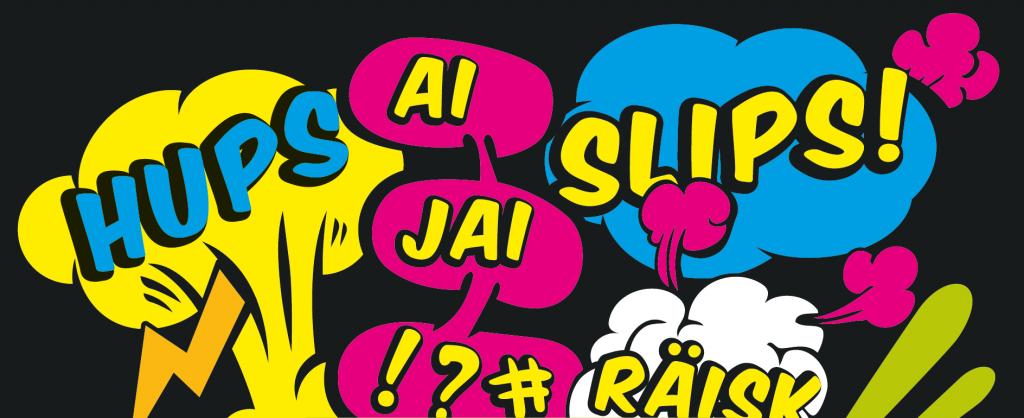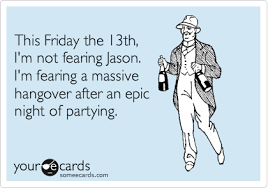
Every year has at least one Friday the 13th, but more often two or three. The longest possible interval between Friday the 13ths is fourteen months, the shortest is one month. Today is the second in 2019. Interestingly, the 13th of any month is slightly more likely to fall on a Friday than on other days of the week.

Superstitions about Fridays and 13s emerged centuries ago, certainly by the Middle Ages, maybe even in Biblical times. The Biblical connection is the belief that there were 13 people present at the Last Supper. According to the Hebrew calendar Passover began on the 14 of the month of Nisan that year, meaning the seder (the Last Supper in Christianity) was held on the 13 of Nisan; Jesus was crucified the next day, which was a Friday. Since then, bad things that happen on Friday the 13th have garnered particular attention.

- Philip IV of France arrested hundreds of the Knights Templar (1307)
- Death of composer Gioachino Rossini (1868)
- Black Friday bush fires in Victoria, Australia kills 36 (1939)
- Buckingham Palace bombing during the Blitz (1940)
- Murder of Kitty Genovese in Queens, NY, in view of 38 bystanders (1964)
- Cyclone killed more than 300,000 in Bangladesh (1970)
- Chilean Air Force plane disappeared in the Andes and a Russian airliner crashed on landing near Moscow (1972)
- Death of rapper Tupac Shakur (1996)
- Crash of the Costa Concordia cruise ship (2012)
Friday the 13th is widely considered bad luck in Western superstition. According to The Sun, UK Edition
- 55% of Brits consider themselves superstitious.
- 1 in 6 believe those days pose the greatest risk of bad luck striking.
- 22% worry what might befall them on these days.
- In the U.S., 25% are superstitious, with younger people being more so than older people.
- According to the Stress Management Center and Phobia Institute in Asheville, NC, 17 to 21 million people in the. U.S fear this day.

The Finnish Ministry of Social Affairs and Health has held kansallinen tapaturmapäivä (Accident Awareness Day) on Friday the 13th every year since 1995. Public awareness campaigns encourage people to pay more attention to their surroundings and fix potential hazards around the home, workplace, and on the road.
The fear of Friday the 13th is paraskevidekatriaphobia. The word was coined by Dr. Donald Dossey who told his patients that “when you learn to pronounce it, you’re cured!” Of course, people are superstitious about many things. Suffice it to say, any of the bad happenings are worse on Friday the 13th.

- Walking under a ladder
- Breaking a mirror
- Having a black cat cross your path
- Spilling salt
- Opening an umbrella inside the house
- Stepping on cracks
- Lighting three cigarettes with one match
- Leaving a white tablecloth on a table overnight

Superstitions about Fridays and about the number 13 long preceded the connection of the two, which dates from about 1869. Fear of the number 13 is “triskaidekaphobia.” The ancient Code of Hammurabi omitted a 13th law from its list of legal rules. Many hotels have no floor labeled 13, ditto seat rows in airplanes.
In Hispanic and Greek cultures, the bad luck day is Tuesday the 13th. On the other hand, in Italy the bad luck day is Friday the 17th.

My relatives sometimes said, “If I didn’t have bad luck, I wouldn’t have any luck at all!” Not that that’s particularly relevant, but it’s been running through my thoughts as I wrote this blog.
Bottom line for writers: create your own Friday the 13th disaster, or a character who is irrationally fearful of Fridays, 13s, and Friday the 13ths.




